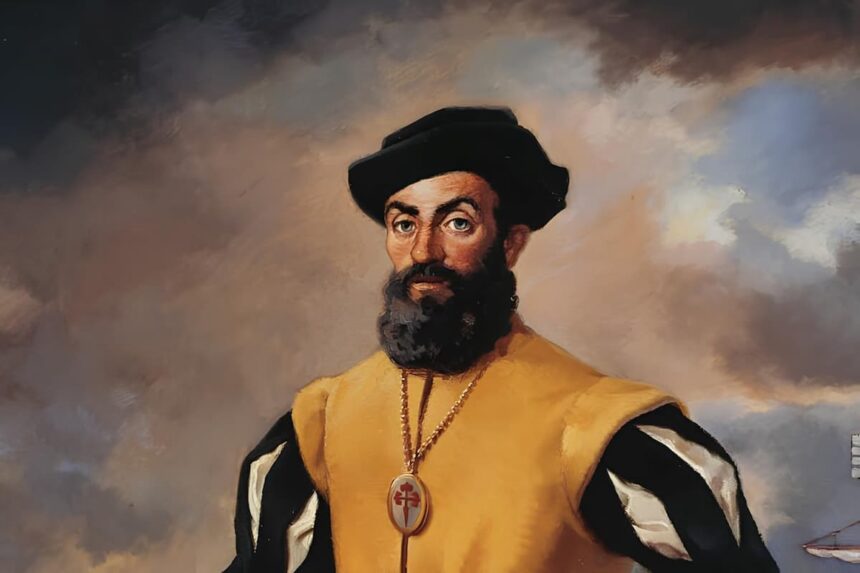Ferdinand Magellan: The First Journey Around The World
Explorer and Portuguese navigator of the 16th century, Ferdinand Magellan was the initiator of the first circumnavigation of the globe.

Explorer and Portuguese navigator of the 16th century, Ferdinand Magellan was the initiator of the first circumnavigation of the globe.

